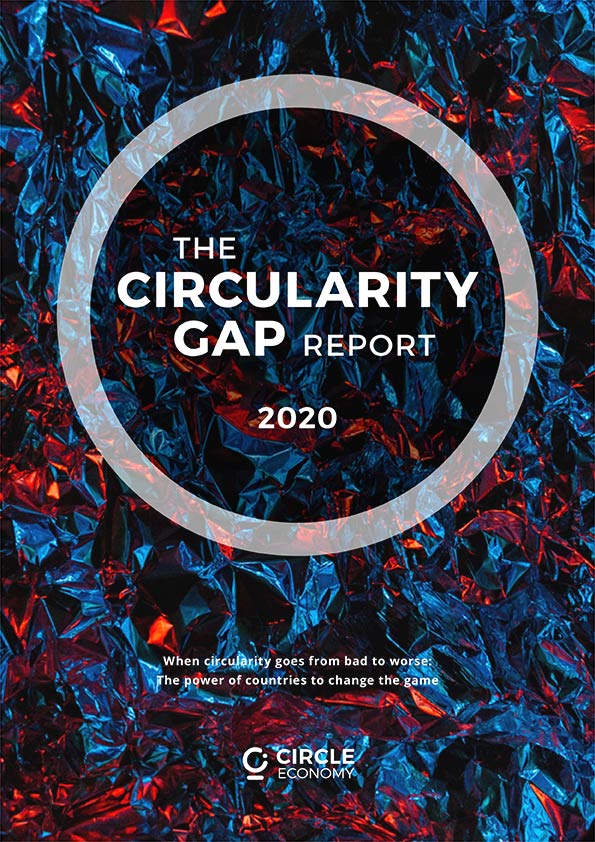The latest Circularity Gap report from Circle Economy reveals that, faced with the twin headwinds of increased CO2 emissions and increased resource extraction, the global economy is only 8.6% circular.
Just two years ago it was 9.1%. The global circularity gap is therefore widening. This is a major concern because of the pressure that natural resource extraction could exert on biodiversity loss, ecosystem collapse, large-scale involuntary migration and failure of climate-change mitigation and adaptation, as it was launched in the latest World Economic Forum.
Furthermore, the report has found that total resources entering the global economy has increased by 8.4 per cent in just two years, from 92.8 billion tonnes in 2015 to 100.6 billion tonnes in 2017, the latest year for which data is available. This total includes 8.65 billion tonnes of recycled materials in 2017, up from 8.4 billion tonnes in 2016.
The report outlines three key reasons for the increase in resource use: reliance on extracting virgin materials; the addition of more materials to meet the needs of a growing global population; and that most products are not designed to be reused and there are limited facilities for reprocessing materials at the end of their life.
You can find out more about the Circularity Gap report on the Circle Economy website.
